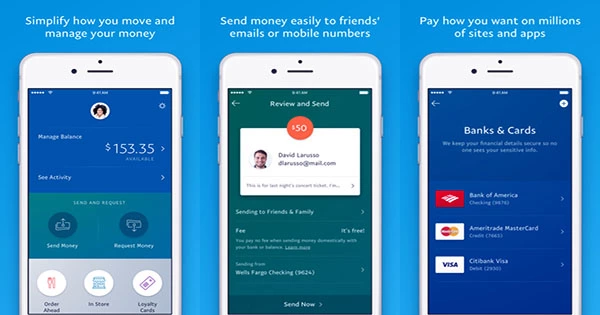Lydia, a fintech firm, introduced a new look for its financial super app yesterday. And it’s not simply a fresh coat of paint – it’s an opinionated perspective on mobile payments. I got down with Lydia’s founders to talk about their ideas and vision for the future. Lydia is constantly reinventing itself and isn’t standing static in many aspects. For the French market, the firm began as a peer-to-peer payment app. People may send and receive money using their cellphones for the first time.
Over the last few years, the app has seen a significant transformation. The firm recently achieved unicorn status, and the team has been adding new services and features to the mix. You may now use your Lydia account as a substitute for a traditional bank account. Users can get a debit card and use an IBAN to transfer and receive money. Users may also trade cryptocurrencies, equities, precious metals, and exchange-traded funds (ETFs). The firm is simplifying its software with this new look, which clearly separates your activities, your accounts, your cards, and your trading activity. More crucially, the business is marketing its smartphone app as a social product rather than a financial one.
Laying the groundwork for the next ten years, Cyril Chiche and Antoine Porte, Lydia’s co-founders, had both read my recent piece on Zenly, another successful social app built in Paris, before we met. They also discovered some parallels between the new Lydia and the new Zenly. Antoine Porte, Lydia’s co-founder and Chief Product Officer, told me, “We just published a mail to our user base that debuts a new chapter for Lydia, laying out the goal for the next 10 years — exactly like Zenly.” It works, but it was never developed with humans in mind. This isn’t a chance occurrence. Lydia’s initial version of the app was released nine years ago. “It’s been ten years if you calculate the gestation time,” Porte stated.
The firm has amassed a user base of 5.5 million people. And a small percentage of them have now chosen Lydia as their primary account. “The more we advance in financial and banking services, the more we attempt to intellectualize why individuals despise their bank,” Cyril Chiche, co-founder and CEO, told me. “As you look further, you’ll see how banks have been utilizing technology.” They created a stunning system for interbank transactions. Money may be transferred from one end of the world to the other. “It works,” he remarked, “but it was never built for people.”
Lydia’s design language may be summarized in this way. The team hopes to create an app that is “human-centric.” Before sending money to a family member, someone who has never used a bank app should not have to learn about SEPA transfers and IBANs. The main tab has been considerably tidied up when you open the new version of Lydia. It’s now a transaction stream containing your most recent transactions. Receive and pay are the two buttons at the top of the screen.
A new tab bar with properly labeled buttons appears at the bottom of the screen. You don’t have to guess which button accomplishes what anymore. The second page displays all of your accounts, including your main Lydia account, sub-accounts, and bank accounts that you’ve consolidated in the app. Personal and shared accounts are now divided into two categories. The third tab gives you access to your cards and allows you to manage them. Trading is now segregated from the rest of the program and has its own tab. If you don’t use Lydia very often, it’s now much clearer where you should touch to get to what you want.
















